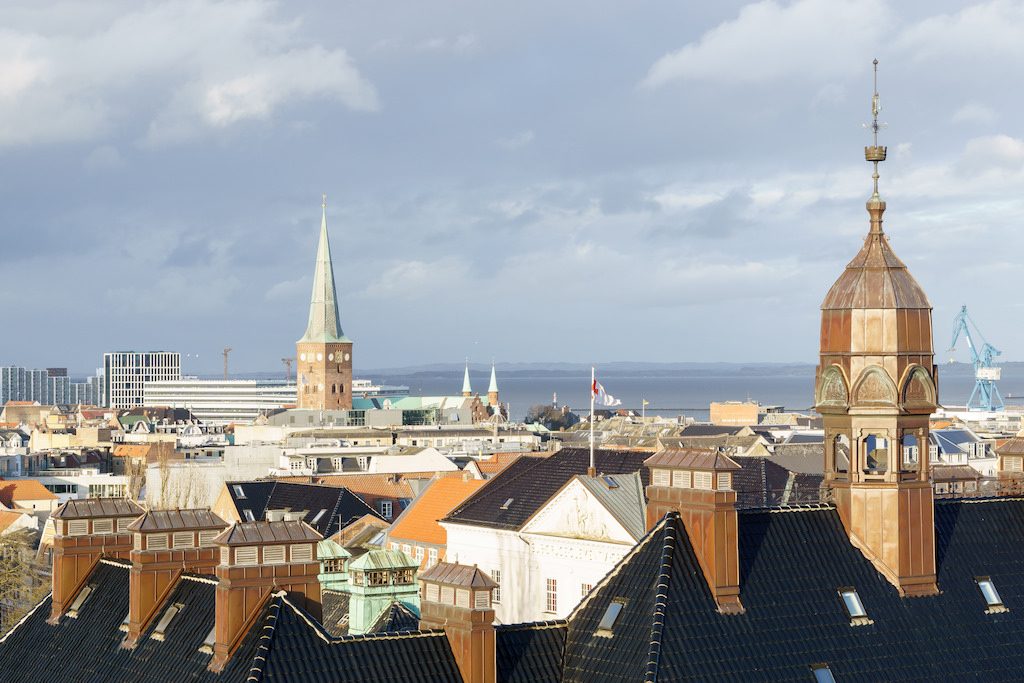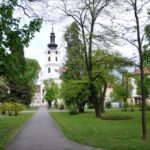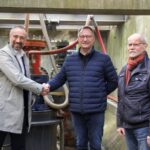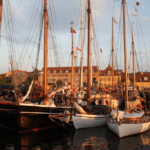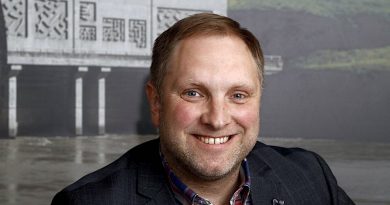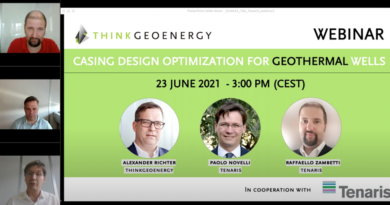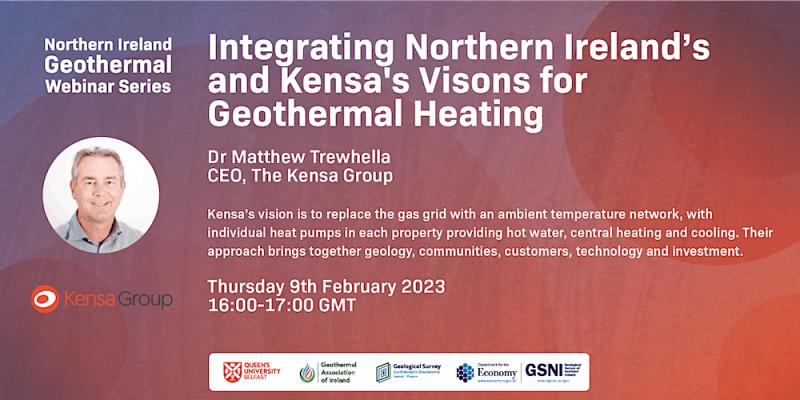Planned geothermal heating project in Aarhus, Denmark could heat up to 100,000 households
Energy Disrupter
Aarhus Municipality and investor AP Møller Holding are planning a large-scale geothermal project in Aarhus, Denmark that could heat up to 100,000 households. Yet the developers are asking for specific support for the construction and operation of geothermal plants as part of the Danish government’s new energy and climate plan.
Energy miracle with risk: Aarhus will have the state with to the low heat from Earth’s interior Planned geothermal plant in Aarhus will provide heat to 100,000 households.
Thisted has the country’s first geothermal plant. Operations manager Søren Højmose Damgaard shows how it works when hot water from the ground provides heat in the radiators. [VIDEO}
It could sound like a bit of a miracle solution to a large part of the energy needs of the country’s second largest city.
A geothermal plant in Aarhus that will draw hot water up deep from the ground and supply 100,000 households with heat in the radiators. Without releasing CO2 .
But first a lot of money must be spent on drilling a hole several kilometers down to the hot water in the subsoil, and then an entire district heating system must be converted to geothermal heat.
Aarhus Municipality has AP Møller Holding as an investor, which takes a large part of the risk in return for a larger part of the possible gain. But it is also necessary for the state to invest in the climate-friendly heat supply in Aarhus.
This is the opinion of both the city council and AP Møller Holding, who want the state to join.
“We need security that we will not pass on a whole lot of development costs – on behalf of the whole of Denmark – to the district heating customers in Aarhus”, says Mayor Jacob Bundsgaard (S).
Since 1984, Thisted Municipality has had a plant that stably supplies heat to 1,200 households . But that in Aarhus must be much bigger.
“We need assurance that we will not pass on a whole lot of development costs – on behalf of the whole of Denmark – to the district heating customers in Aarhus.”, so Jacob Bundsgaard (S), Mayor of Aarhus
Various attempts have been made to make works on a large scale, but it has not been successful yet, explains Jacob Bundsgaard.
“Therefore, there is still a development work. The potential is huge and the technology is very advanced. But we need the latter to ensure an economy that we can move forward with peace of mind and accountability to heating customers,” he says.
In the coming months, parliamentary politicians will negotiate the terms for, among other things, geothermal plants. The parties must adopt a new energy and climate plan and decide whether they will support the construction and operation of geothermal plants.
Specifically, the City Council of Aarhus will have up to DKK 300 million (around EUR 40 million) from a pool for renewable energy in the years from 2026 to 2028 to make the municipality’s district heating system ready for geothermal heating. And at the same time have a ceiling on the electricity price for the electricity that the geothermal plant uses for operation.
That is why Jacob Bundsgaard and Councilor for Technology and the Environment Bünyamin Simsek (V) have together sent a letter to Climate Minister Dan Jørgensen (S).
Also in Aalborg, they hope for better conditions for geothermal plants to start a project that will supply 30,000 households and replace heat based on coal. But the Aarhus mayor receives no guarantees from his own Social Democratic energy spokeswoman, Anne Paulin.
“It is clear that we are listening to the proposals that come. Then we decide where we get the most green conversion for the money, and whether geothermal is a good project in that respect,” she says.
On the other hand, the Unity List’s energy spokesman Søren Egge Rasmussen is positive.
“We have an ambition that we must be a CO2- neutral society by 2050, and geothermal energy is a really good solution. So we will ask Dan Jørgensen to relate to that letter from Aarhus,” says Søren Egge Rasmussen.
The hot water from the underground can be a solution to a challenge that other renewable energy sources have, says Søren Erbs Poulsen, associate professor at the Research Center for Construction, Energy, Water and Climate at VIA University College in Horsens.
Namely that the wind does not always blow and the sun does not always shine.
“The energy is completely renewable. It comes from the interior of the earth and therefore it is a source we can in principle use forever.”, so Søren Erbs Poulsen
“Geothermal energy provides a stable energy supply, regardless of which season we are in. The energy is completely renewable . It comes from the interior of the earth, and therefore it is a source we can in principle use forever. And then it’s fuel free energy once we get it brought up”, so Søren Erbs Poulsen.
But the underground hunt for hot water is not easy or risk-free.
“There is a large initial investment where you have to put a lot of money into these wells. And one must be able to recoup that investment over a number of . This of course means that the plant must be able to function, and then there must be framework conditions that allow you to get your money back home,” says Søren Erbs Poulsen. That there is a risk, district heating customers in Viborg are well aware of. They ended up after a failed geothermal project with a bill of about DKK 150 million. To avoid this, Aarhus and Aalborg municipalities will make agreements with companies that take on the risk of drilling for the hot water. That is the way forward, says Søren Erbs Poulsen. “It obviously makes a big difference to the willingness to join new geothermal projects,” he says.
Source: DR


